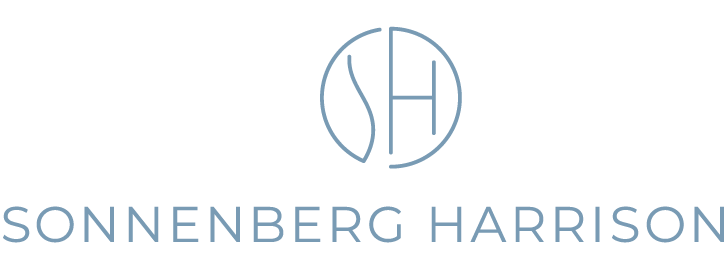
Border Seizure Measures
In the globalized economy, protecting intellectual property (IP) rights is more challenging than ever. One of the most effective tools available to IP rights holders is the “border seizure procedure”. This measure enables the interception and prevention of the import and export of counterfeit goods at the borders of the European Union (EU).
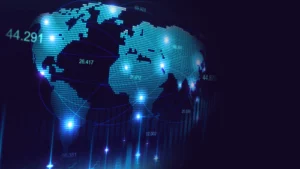
Effectiveness of Border Seizures
These seizures can be executed without knowing the counterfeiters’ identities or whether the counterfeit goods are actively being sold. The primary benefit of this process is its ability to quickly and effectively enforce IP rights, often resulting in the destruction of infringing goods and providing leverage for settlements with infringing parties.
Legal Framework for Border Seizures in the EU
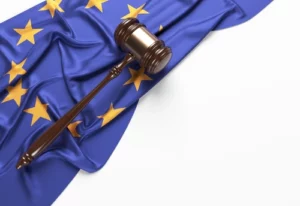
The legal basis for border seizures in the EU is Regulation (EU)
No. 608/2013. This regulation allows for the seizure of goods suspected of infringing IP rights across all EU Member States. These IP rights include trademarks, designs, plant variety rights, and geographic indications of origin. In addition, there are national laws in the European member states which enable seizure of goods which infringe national patent and trademark rights, as well as utility models, supplementary protection certificates, semiconductor topographies, and copyrights.
Application Processes for Border Seizures
There are two application processes. The national application is filed with national authorities, such as the German Zollamt, as is suitable for IP rights specifically protected under German law. In addition, European Union Applications can be filed to prompt action from customs authorities across multiple or all EU Member States, providing broader protection.
Requirements for Filing a Border Seizure Application
To file a border seizure application, the applicant must provide:
- Details of the IP rights involved
- Evidence of entitlement to those rights
- Detailed information about the goods affected, including descriptions of original and counterfeit products, and risk analysis data
Submission and Renewal of Applications
Applications are submitted electronically and are free of charge. They can be valid for up to one year, with the possibility of unlimited renewals as long as the IP right remains valid.
Detection and Detainment of Infringing Goods
Once an application is submitted, the customs authorities perform a summary inspection at harbours and airports to detect potential IP infringements. If an infringement is suspected, the goods are detained, and the applicant is notified. The applicant then has ten days (three days for perishable goods) to confirm the infringement and, if necessary, initiate legal proceedings.
Destruction of Infringing Goods
If the applicant opts for the destruction of the goods and the owner does not object within the specified period, the goods are destroyed by customs authorities. In cases where the importer contests the decision, it is necessary to file a court case.
Role of IP Rights Holders in Assisting Customs Authorities
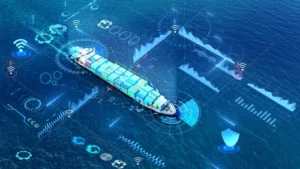
Given the vast flow of goods through European borders, the likelihood of detecting counterfeit goods relies heavily on the assistance provided by the IP rights holder. Therefore, the applications should include clear identification features of both genuine and counterfeit goods. It is also useful to provide specific information about suspected counterfeit shipments, including transportation details and involved parties. The inclusion of photographs and detailed descriptions can significantly aid customs authorities in identifying and seizing counterfeit goods.
Expertise and Experience in Collaboration with Customs Authorities
Our firm has a good reputation with several brand owners for working with customs authorities around Europe to identify and have counterfeit goods destroyed. Please get in touch if you have any questions.
Our Specialists
Learn more about our Service
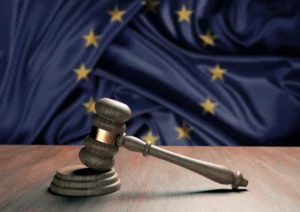
AI, Copyright, and the Courts: A Landmark Decision from Hamburg
In a significant ruling delivered on September 27, 2024, the Hamburg Regional Court (LG Hamburg) in Germany addressed the growing tension between copyright law and
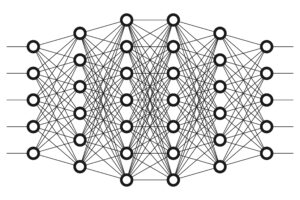
Improving reinforcement learning alone is not inventive
The European Patent Office’s Board of Appeal highlighted in case T1952/21 that claiming an improvement in reinforced learning alone is not sufficient to justify the

Transition Timetable for the European AI Act
The European AI Act (Regulation (EU) 2024/1689) was published in the EU’s Official Journal on 12 July 2024 and entered into force on 1 August

Quantum Algorithms – Disclosing the Circuit
In a recent decision, the US Patent Trial and Appeal Board (PTAB) affirmed the rejection of a patent application filed by IBM entitled “Constant Folding
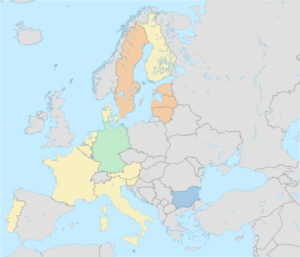
Romania Joins the European Unified Patent System
Before September 1, 2024, any Unitary Patent (UP) registration will cover the existing 17 UPC Member States, excluding Romania. After September 1, 2024, new Unitary

Intellectual property and the European Football Championships
In 2024, a European Football Championship will be held in Germany for the first time in 36 years. Around such an event, there is likely
Interested in our Services?
Our focus is a comprehensive and solution-focussed advice in theidl of intellectual property and technology law. Questions about technology and law, patents, trademarks, design rights or copyright protection? Or would you like to organise an initial, informal meeting? Get in contact by using our contact form, write us an email or simply telephone us – our patent attorneys and lawyers will get back as soon as possible.
